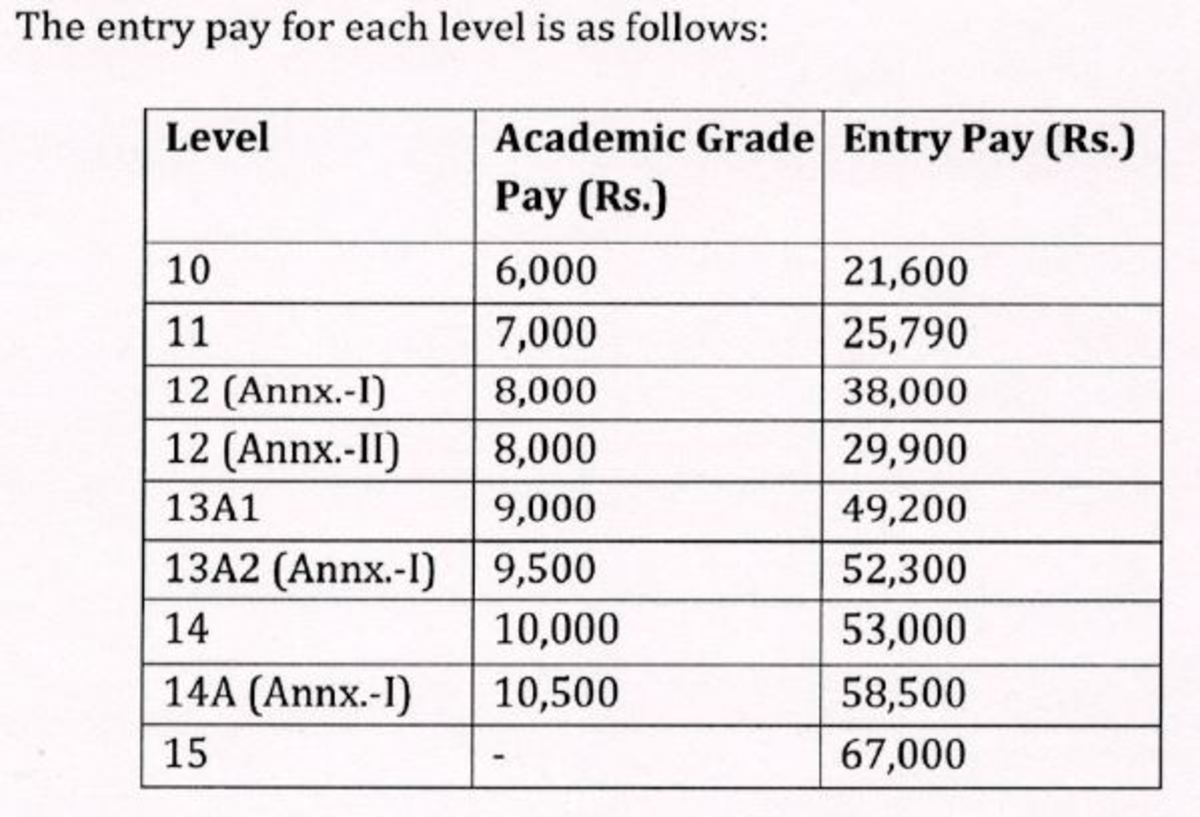Skills vs. Subject Matter: A Teaching Dilemma

A Song About a Parent trying to Teach A Simple Lesson
Giving Fish vs. Teaching to Fish
“Give a man a fish and he will eat for a day. Teach a man to fish and he will eat for a lifetime.” - Confucius
In a society where The Bible is widely revered but not so widely read, many Americans mistakenly give “The Good Book” credit for this statement. It’s a nice way for conservatives to argue that direct government aid is bad, going hand in hand with Benjamin Franklin’s non-Biblical statement, “God helps those who help themselves.” Among educational proverbs, however, this fishing analogy is at the top of the list. There is no denying the simple truth in these words, but for a community college history instructor like me, it is difficult to determine exactly how they apply.
In my case, giving someone a fish constitutes direct presentation of historical material. I get in front of the class and try to describe and explain important historical events and concepts, hope that they absorb this information, and eventually give some sort of a test based primarily on lecture material. The main goal in this approach is to help students develop basic historical literacy. In other words, I want them to walk away with some fish. The problem with this approach is that they will not learn how “to fish.” They will not be forced to develop and demonstrate the skills necessary to figure out the important information on their own and to do higher-level analysis. Some would say that they are simply memorizing, not learning.
If I want people to learn how to fish, then I need to spend some time teaching academic skills. Teaching skills through direct presentation, however, is much more difficult than explaining historical information. I can talk about study strategies and explain the approach that I use to try and make sense out of all this stuff, but ultimately, the only way that students will develop academic skills is to do things on their own. So instead of just handing out the fish, I need to step back to a certain degree and let them fend for themselves. I should ask test questions based on information not directly discussed in class. They will then be forced to read textbooks more carefully. I should also give them written assignments that force them to connect ideas, make comparisons, or follow patterns. In other words, they should be asked to do more than simply regurgitate information.
To a certain degree, I do all of the things in the preceding paragraph. However, if one were to watch how I conduct my classes or to look over the tests that I give, it would be clear that I am handing out fish more than I am teaching students how to fish. The problem is that the potential objectives of either fish-filled students or fishermen (and women) are in conflict. If my main objective is to ensure that they walk away with basic historical literacy, then I should do all that I can to help them absorb historical information. After all, if I leave them to fend for themselves in the hope of enhancing their academic skills, then there is a chance that they will fail. To follow Confucius’ analogy, if you force a student to rely on his or her fishing skills too soon, then they might starve (or at least be forced to go on a non-seafood diet). Now some would argue that in a college level class, the teacher should assume that students have developed the skills necessary to learn independently. The focus now should be on course content, and if students cannot handle independent learning, then they do not belong in a college class. That sounds nice in theory, but anyone who teaches at the community college level knows that we get students with a wide range of academic abilities. If I expect them to be able to do a certain amount of fishing right from the start, many will already be guaranteed to fail.
Like most things in life, the trick is finding the balance. Still, I must admit that in my classes, I lean more toward giving fish than teaching to fish. I am, after all, teaching history survey courses to predominantly non-history majors, so I am looking to promote basic historical literacy, not to produce future historians. If I can trigger at least some interest in this subject and help students become more historically literate members of our democratic society, then I will be satisfied. To make things easier for them, I use Power Point outlines to help them take notes, search out videos that will help make the information stick, and give tests based largely on material covered in class. If I do things that improve their chances for success, then they are more likely to stick around.
However, in the name of promoting academic skills, I don’t do everything for them. I deliberately display Power Point outlines that are not as detailed as they could otherwise be. This way, they have to do a certain amount of the note taking on their own. I do not give them study guides for tests. Instead, I tell them to use their notes as their primary guide, and I spend time before each test giving suggestions for how they might prepare. And on these tests, the questions are not written in quite the same way as the wording on the Power Point outlines. I tell them to focus on understanding what the words in the notes mean, not just on memorizing the words themselves. I have also given an increasing number of quizzes and in-class assignments over the years in order to compel students to do more thinking, reading, and writing on their own.
At some point in the future, they are going to have teachers who are not as generous as I am. Some teachers will just stand up there and talk with little or no visual aids of any kind. These students will have to take notes completely on their own, or they will be expected to pull out a book and figure things out. They might then wish that they had good old Professor Swendson again, or they might curse me for being too easy on them. It is my hope, however, that they will remember some of the practices that they saw modeled in my class. By breaking down each topic in a systematic way and displaying my simple outlines on the screen, I show students every day how one might make some sense out of a great deal of information. Hopefully, watching me do this day after day will help them replicate this process on their own. And as Confucius – or was it Jesus? – once said, learning the process is more important than remembering all of the content.










